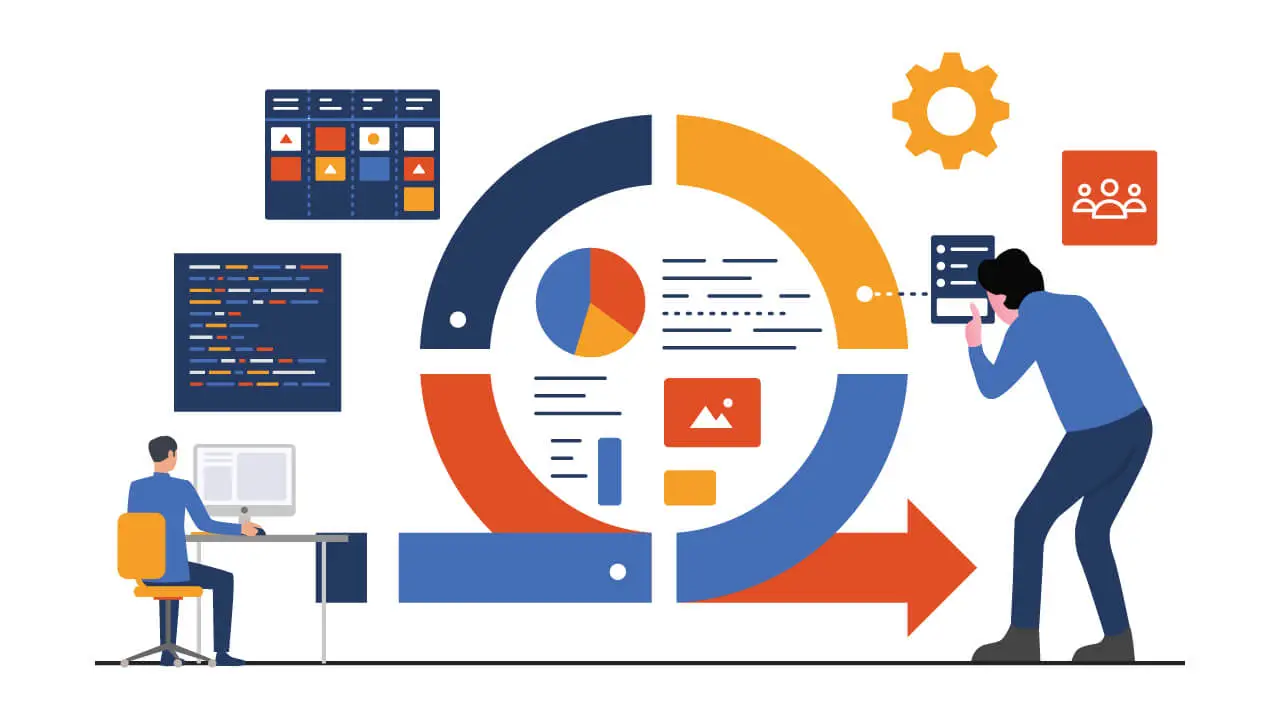Tech
Balancing Speed and Quality: Agile Testing Practices in Healthcare Software Development

The demand for innovative and efficient software solutions has never been greater. As technology continues to reshape the industry, healthcare organizations are faced with the challenge of developing software that not only meets regulatory standards but also adapts swiftly to changing requirements. In this dynamic environment, the adoption of agile testing methodologies has emerged as a key strategy to strike a balance between speed and quality in healthcare software development.
Agile Testing in Healthcare
Agile testing is a collaborative and iterative approach that emphasizes flexibility, communication, and continuous improvement throughout the software development lifecycle. In the context of healthcare, where regulatory compliance, patient safety, and data security are paramount, adopting agile testing practices becomes essential for delivering high-quality software within tight timelines. Moreover, the integration of software testing as a service (STaaS) further enhances the agility of healthcare software development by providing on-demand testing resources and expertise, allowing organizations to scale their testing efforts efficiently and maintain a robust quality assurance process.
- 1. Iterative Development:
One of the fundamental principles of agile testing is iterative development. Healthcare software projects often involve complex requirements that may evolve over time. Agile allows for the continuous delivery of small, functional increments, enabling stakeholders to provide feedback early and often. This iterative approach ensures that the software aligns with the evolving needs of healthcare providers, administrators, and, most importantly, patients.
- 2. Cross-functional Collaboration:
Agile methodologies promote cross-functional collaboration among development, testing, and business teams. In healthcare software development, effective communication between these groups is critical for understanding and addressing the unique challenges of the industry. By fostering collaboration, agile methodologies break down silos, reducing the chances of misunderstandings and enhancing the overall quality of the software. Similarly, DevOps emphasizes cross-functional collaboration by extending the collaborative approach beyond development, testing, and business teams, integrating operations into the collaborative loop to streamline the software delivery pipeline and enhance overall efficiency.
- 3. Test-Driven Development (TDD):
Test-Driven Development is a key aspect of agile testing that involves writing tests before writing the actual code. In healthcare software development, where precision and accuracy are non-negotiable, TDD helps ensure that every piece of code meets the specified requirements and functionalities. By identifying and rectifying issues early in the development process, TDD contributes to the overall quality and reliability of healthcare software.
- 4. Automation for Efficiency:
Healthcare software projects often involve extensive testing due to the critical nature of the applications. Agile testing leverages test automation to streamline the testing process, allowing teams to execute repetitive tests quickly and consistently. Automated testing not only accelerates the testing phase but also reduces the risk of human error, enhancing the overall reliability and accuracy of the software.
- 5. Continuous Integration and Continuous Delivery (CI/CD):
Agile testing is closely aligned with the principles of CI/CD, enabling frequent and reliable releases. In healthcare, where timely delivery of software updates is crucial, CI/CD practices ensure that changes are integrated smoothly and delivered to end-users rapidly. This not only accelerates the development cycle but also allows healthcare organizations to respond promptly to emerging challenges and regulatory changes.
To conclude, in the fast-paced and highly regulated world of healthcare, striking a balance between speed and quality in software development is paramount. Agile testing methodologies offer a holistic approach that not only addresses the unique challenges of the healthcare industry but also enhances collaboration, communication, and adaptability. By adopting agile testing practices, healthcare organizations can develop and deliver high-quality software that meets the evolving needs of the industry, ultimately improving patient care, streamlining operations, and staying ahead in an ever-changing landscape.
Kenneth is a proud native of sydney, born and raised there. However, he pursued his education abroad and studied in Australia. Kenneth has worked as a journalist for almost a decade, making valuable contributions to prominent publications such as Yahoo News and The Verge. Currently, he serves as a journalist for The Hear Up, where he focuses on covering climate and science news. You can reach Kenneth at [email protected].










